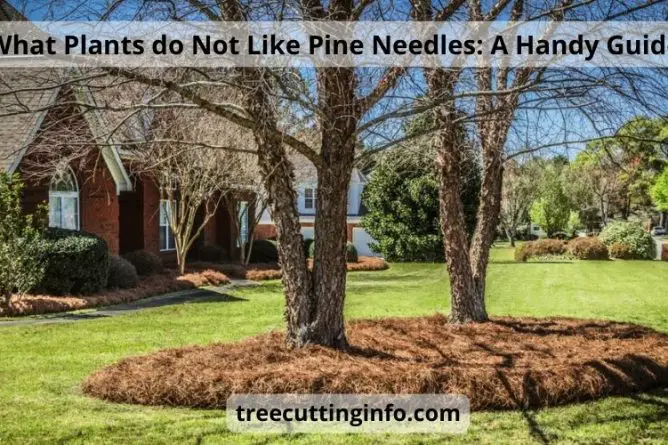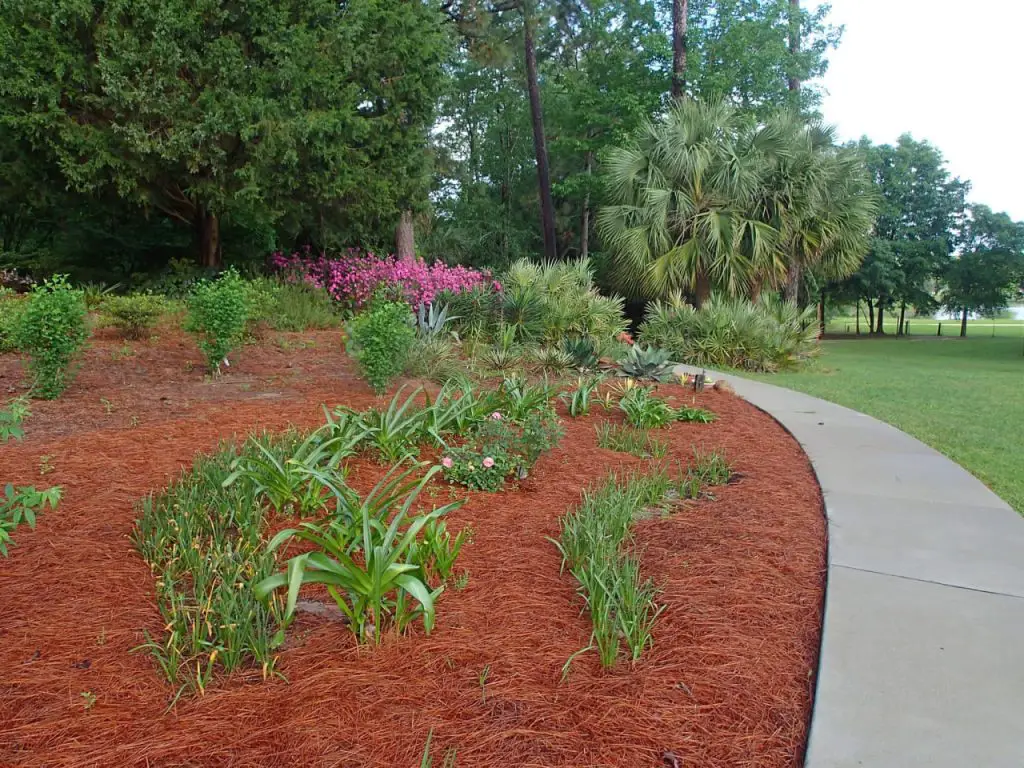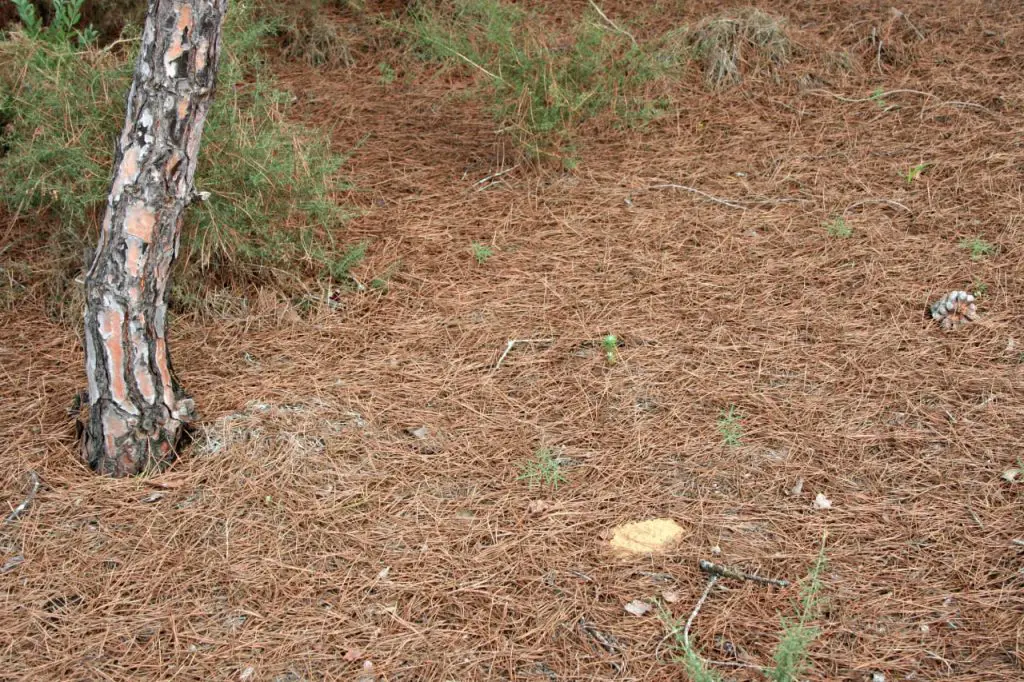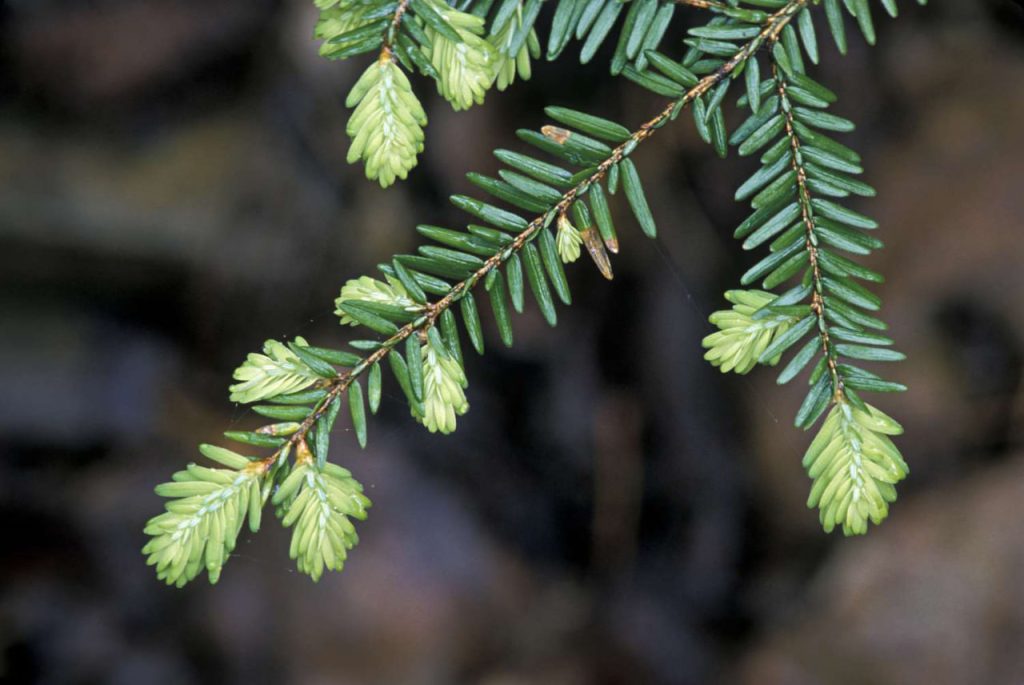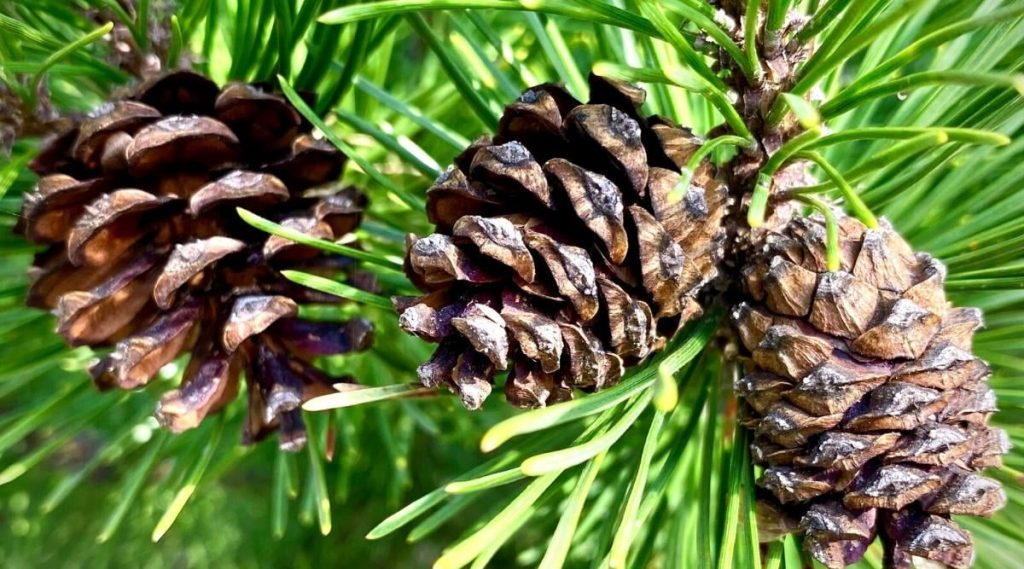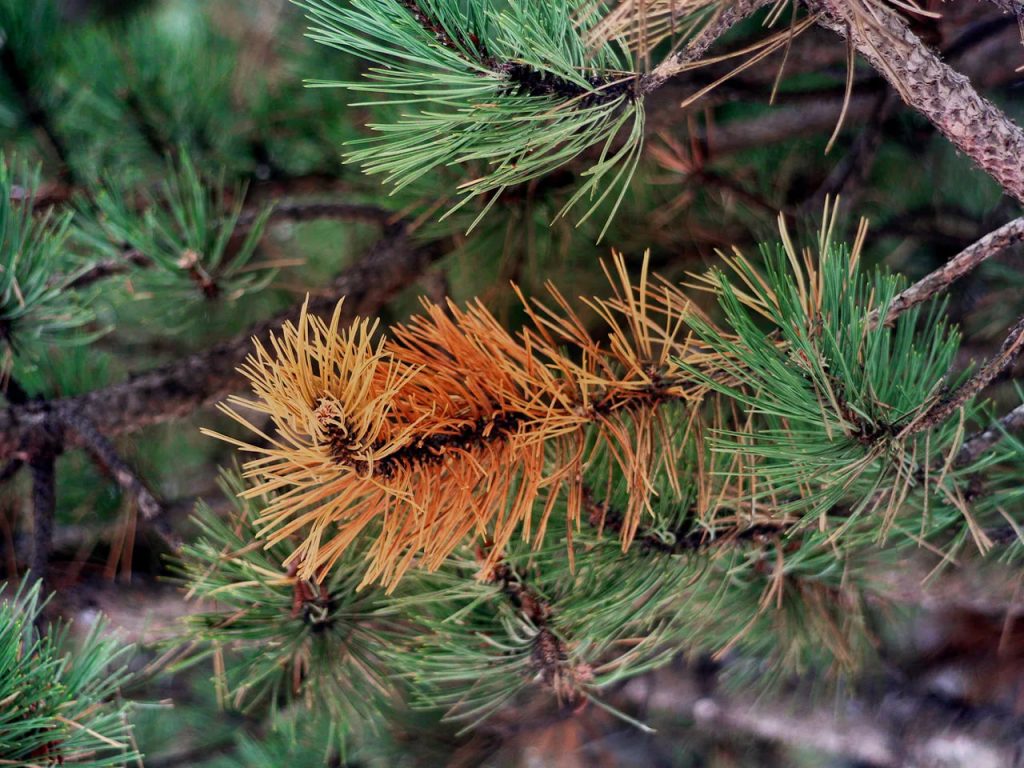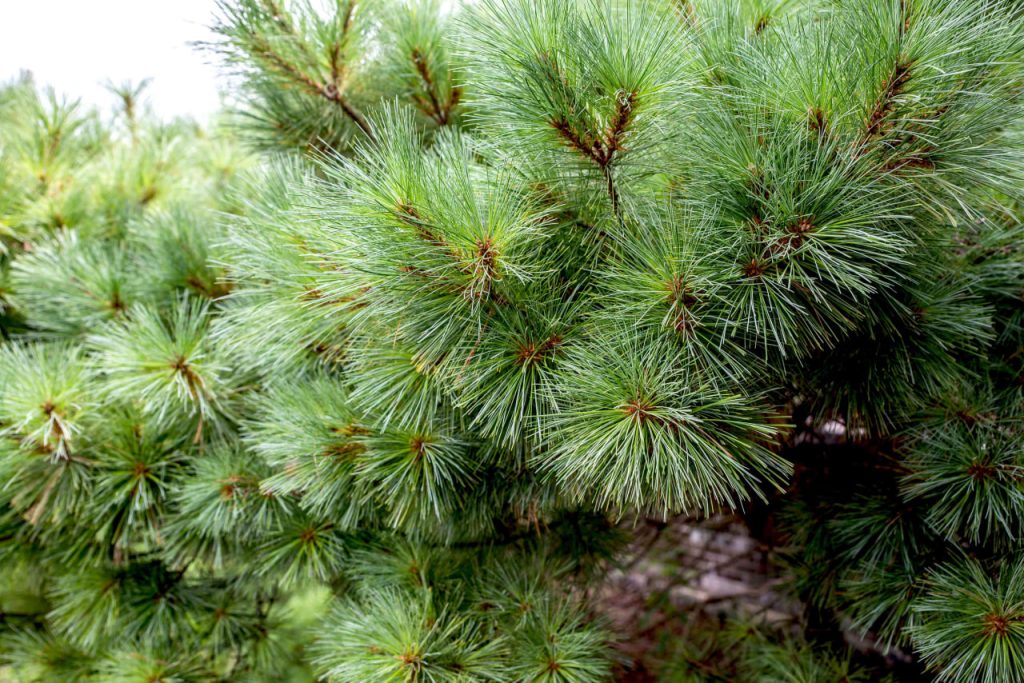Dropping branches from trees can present a genuine risk to those who own property or anyone on the premises. Surprisingly, even seemingly healthy trees, that appear robust can shed limbs, which might lead to injuries or property damage.
This is a critical consideration for all business or residential property owners, not just seasonally but throughout the entire year, and oddly, it’s especially true during the summer months, especially when the weather is severe.

What Exactly Is Sudden Branch Drop Syndrome?
Sudden Branch Syndrome describes the phenomenon where branches unexpectedly detach and fall from trees that seem to be in good health. This can happen with a variety of trees, including oaks or eucalyptuses, where limbs might spontaneously drop.
Contrary to the usual assumption that limbs and branches fall due to stormy conditions, this syndrome is characterized by the dropping of branches under calm weather situations.
Why Do Branches summer branch drop?

The mystery of why trees drop their branches spontaneously remains somewhat unresolved among experts. Many theorize that it has to do with humidity levels and how trees expel moisture, which could shed light on why these events are more common during the warmer months.
Trees, lacking the ability to sweat like humans and other organisms, must release moisture somehow. This is primarily achieved through evapotranspiration, where water is evaporated from within the tree through its leaves. In extreme cases, this moisture release can lead to the dropping of branches, typically occurs particularly on exceptionally hot days. While the precise causes remain elusive, the occurrence of branch drops is an undeniable reality.
Defining Sudden Branch Drop Syndrome
Sudden Branch Drop Syndrome, also known as sudden limb or summer, failure or drop, is a baffling phenomenon mainly seen in the warmer months. It affects trees that look completely healthy, with large branches unexpectedly falling without the usual culprits like wind or stormy weather, even on days when the weather is calm.
HERE ARE SOME KEY FACTS TO HELP YOU UNDERSTAND THIS PROBLEM:
- Location of Breakage: Branches that succumb to this syndrome typically snap around three feet away from the tree’s trunk, primarily due to their own weight.
- Safety Concerns: The danger zone for falling branches can extend approximately twelve feet from the trunk, presenting a considerable risk to anything or anyone situated beneath.
- Tree Age Factor: The issue is more commonly observed in older trees than in their younger counterparts.
- Unknown Causes: Despite ongoing research into this syndrome, its exact cause remains elusive. There is speculation among experts that it could be tied to the tree’s moisture levels or possibly a bacterial influence.
- Recurring Problem: Trees that have been affected by Sudden Branch Drop Syndrome are at risk of experiencing the problem again in future.
Trees Prone To Sudden Branch Drop Syndrome (sudden limb failure)

While this syndrome could potentially impact any tree, there are specific species that are more prone to experiencing this issue. These trees have shown a higher tendency for sudden branch drops, making them subjects of particular concern and observation for this phenomenon.
Oak Trees

Oak trees are notably susceptible to Sudden Branch Drop Syndrome due to their large, heavy branches, making them particularly vulnerable. Oaks are a familiar and beloved presence in various landscapes, valued for their majestic appearance and the extensive shade they offer.
Yet, this very grandeur and the broad canopy they possess, with their far-reaching branches, can also elevate the risk of sudden branch failure. Recognizing the specific challenges posed by oak trees in relation to this syndrome is crucial, as their widespread branches, while aesthetically pleasing and functional for shade, can become cumbersome and prone to breaking.
Beech Trees

Beech trees, recognized for their expansive canopies, are another species that is more likely to suffer from branch drop. These trees are often selected for landscaping projects because of their appealing, shiny leaves and distinctive smooth, gray bark.
Yet, the very density of their canopies that contributes to their beauty can pose challenges, particularly in the the summer months when Branch Drop Syndrome tends to occur more frequently.
To ensure the health and safety of beech trees, it’s vital property owners to undertake preventive measures. Regular tree inspections and careful pruning are key strategies to mitigate the risk of sudden branch failures in these trees.
Elm Trees

Elm trees, with their wide-reaching branches and abundant foliage, are commonly affected by Sudden Branch Drop Syndrome.
These trees are admired for their elegant, sweeping branches and distinctively serrated leaves. However, these very features that make elms visually appealing also make them more prone to experiencing sudden branch syndrome and drops.
To reduce the risks associated with elm trees, it’s advisable to implement regular pruning practices seemingly healthy tree, particularly in the early spring. This preventive measure can help manage the tree’s structure and health, lessening the likelihood of sudden branch failures.
Eucalyptus Trees
Eucalyptus trees, with their towering, slender trunks and extended branches, are prone to branch movement drop. Celebrated for their fragrant foliage and swift growth rate, these trees pose specific challenges in the context of Sudden Branch Syndrome. The lengthy growth of trees and their branches, which can accumulate significant weight, contributes to their vulnerability to this syndrome.
Sycamore Trees
Sycamore trees, known for their wide canopies and hefty limbs, are susceptible to Sudden Branch Drop Syndrome. These trees are notable for their distinctive white bark and large, expansive leaves. However, the very size of their leaves and large branches themselves, which contributes to their aesthetic appeal, can also make them prone to unexpected breakage, posing potential hazards.
To maintain the safety and health of sycamore trees, regular pruning and maintenance practices are essential. This includes the timely removal of dead or weakened branches to reduce the risk of sudden drops. Recognizing the presence of these and other susceptible tree species on your property is key to staying proactive and implementing measures to minimize the risks associated with Sudden Branch Drop Syndrome.
Managing Suddent Branch Drop Syndrome

Although the exact causes of Sudden Branch Drop Syndrome remain elusive, making it impossible to the exact cause or guarantee prevention, there are proactive steps you can take to manage and minimize the associated risks:
- Regular Inspections: Conduct thorough inspections of your trees regularly, especially during the warmer months when the syndrome is more prevalent. Look for signs of stress, disease, or unusual growth patterns.
- Pruning: Engage in careful pruning to remove dead or weakened tree branches, which are more likely to fall. Pruning should be done in a manner that does not harm the tree’s natural structure or its ability to grow.
- Tree Health Maintenance: Ensure your trees are seemingly healthy trees by providing proper nutrition through fertilization and watering, especially in dry conditions. A seemingly healthy is less likely to experience branch drops.
- Consulting Arborists: Seek advice from certified arborists who can provide specialized care and recommendations tailored to your trees’ specific needs and risks.
- Mulching and Soil Care: Applying mulch around the base of trees is a beneficial practice for maintaining soil moisture and delivering essential nutrients. Proper soil care can also support the overall health of the tree.
- Windbreaks: In areas susceptible to strong winds, consider installing windbreaks to reduce wind stress on trees, even though the wind is not a direct cause of the syndrome, it can exacerbate existing weaknesses.
- Awareness and Planning: Be aware of the trees on your property that are more prone to this syndrome and plan your landscape accordingly. Avoid placing seating, play areas, or parking spots under these trees.
By implementing these strategies, you can help reduce the likelihood of Sudden Branch Drop Syndrome occurring on your property and ensure a safer environment for everyone.
Environmental Impact And Tree Preservation

Sudden Branch Drop Syndrome, while posing immediate safety risks, also underscores a vital environmental concern. Trees are indispensable to the ecological equilibrium, offering a myriad of benefits such as carbon sequestration, providing habitats for wildlife, enhancing air and water quality, and contributing to the overall aesthetic and mental well-being of communities.
Understanding the impact of this syndrome on ecosystems and the broader environment is crucial for developing strategies to protect these essential natural resources.
Impact on Ecosystems:
- Habitat Disruption: When branches suddenly fall, it can disrupt the habitats of birds, insects, and other tree-dwelling species, potentially affecting local biodiversity.
- Soil Erosion: The loss of branches can reduce the tree’s canopy cover, leading to increased sunlight reaching the ground. This can alter the microclimate beneath the tree, affecting soil moisture and leading to erosion.
- Carbon Capture: Trees play a significant role in capturing carbon dioxide from the atmosphere. The loss of branches and potential loss of tree life diminish a tree’s ability to sequester carbon, impacting efforts to mitigate climate change.
Preservation Strategies seemingly healthy tree:
- Sustainable Tree Management: Implementing sustainable tree care practices, including regular health assessments and pruning, can help mitigate the risk of branch drops while ensuring the longevity and health of trees.
- Diversifying Landscapes: Planting a diverse range of tree species can help reduce the spread of diseases and pests that may weaken trees and make them more susceptible to dropping branches.
- Research and Monitoring: Supporting research into the causes and prevention of Sudden Branch Drop Syndrome can lead to better management practices and strategies to protect trees.
- Community Engagement: Raising awareness within communities about the importance of trees and how to care for them can foster collective efforts to monitor and maintain healthy urban and rural forests.
- Policy and Protection: Advocating for policies that protect trees and their ecosystems can help ensure that urban development and land management practices consider the long-term health and sustainability of tree populations.
By adopting a multifaceted approach that combines practical tree care with a commitment to environmental stewardship, we can work towards preserving our valuable tree resources, maintaining ecological balance, and enhancing the quality of our shared environment.
Tree Safety For All Seasons

While sudden branch Drop Syndrome is closely linked with the warmer months, maintaining tree safety is indeed a concern that spans all seasons. Here’s how to address tree health and safety throughout the year:
Winter Tree Safety
In winter, trees face the added pressure of carrying snow and ice, which can significantly strain branches. It’s essential to regularly check your trees for any signs of damage or weakness in tree branches that could predispose them to breakage.
Pruning before the onset of winter storms is a proactive measure to lessen the risk of branches snapping under the weight of snow and ice.
Spring and Fall Tree Care
The transitional seasons of spring and fall present ideal opportunities for tree maintenance. During these times, engage in pruning to eliminate dead or weakened branches. Such pruning not only removes potential hazards but also stimulates new growth, contributing to the tree’s overall vitality and health. Proper care during these seasons helps trees to better withstand the challenges they might face in summer branch drop and winter, ensuring their longevity and safety.
Conclusion
In summary, despite the enigmatic nature of Sudden Branch Drop and its yet-to-be-determined causes, adopting a proactive stance towards tree maintenance and seeking expert guidance can significantly help in managing and reducing the associated risks.
By identifying which trees are more likely to be affected by this syndrome and adhering to established tree care practices, you can safeguard the well-being and longevity of your landscape. One effective method to consider is tree crown reduction, which helps manage tree size and shape, reducing the risk of sudden branch drop and promoting overall tree health.





















